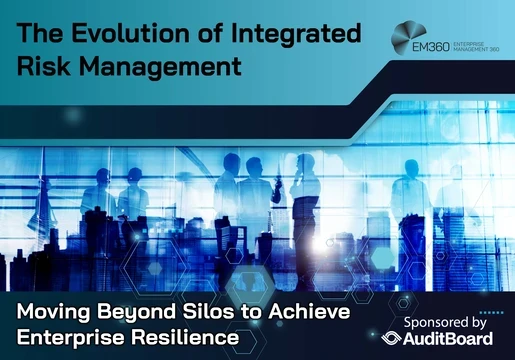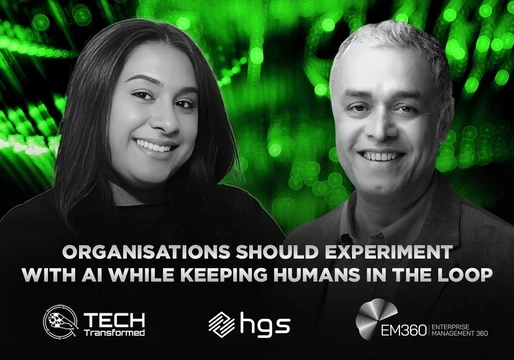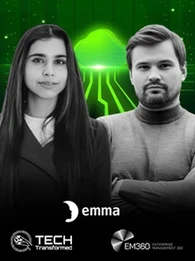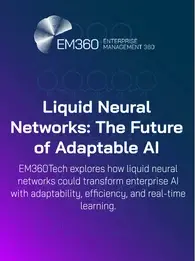
Over the course of 2023, the rapid growth and utilization of generative AI has emerged as a transformative force across various industries. As businesses continue to explore innovative ways to streamline processes and enhance productivity, generative AI has paved the way for unprecedented advancements. This cutting-edge technology has proven instrumental in a multitude of applications, such as content creation, product innovation, and personalized customer experiences. By harnessing the power of generative AI, businesses have been able to generate highly realistic and complex outputs autonomously, thereby saving valuable time and resources. This year witnessed a remarkable surge in the adoption of generative AI, as companies realized its potential to push the boundaries of human creativity and efficiency. As we move forward, the ever-evolving landscape of generative AI is poised to shape the future of business, revolutionizing industries across the globe. Moving into next year we expect these trends:
-
The innovation cycle, usually seen as “accelerated” in technology, has moved into hyper speed when it comes to generative AI. Over the next year generative AI continues to evolve rapidly, reinforcing and compounding the role it played in 2023 in democratizing and consumerizing AI.
-
Generative AI providers will make several improvements:
-
Increase conversational fluency
-
Improve response accuracy
-
Provide better tools for improving prompts or adding more effective orchestration layers to move prompt engineering back a level, enabling any user to converse with the tool in a more natural way.
-
Increase the capabilities of their generative apps by adding in multi-modal capabilities, making the most popular offerings more of a 1-stop for creating a variety of content including images and video.
-
Retrieval-Augmented Generation (RAG) and it’s more advanced form self-reflective RAG will become the default capability to minimize hallucinations in most generative AI offerings. RAG is an AI framework that retrieves facts from an external knowledge base to ground large language models (LLMs) on the most accurate, up-to-date information. The process of RAG involves two main phases: retrieval and content generation. The proliferation of generative AI application startups will continue, with a growing demand for single purpose apps, multimodal apps and the desire for more effective orchestration layer UIs. Self-RAG is an advancement of RAG that adds a layer of self-reflection to the model's process. Self-RAG enhances the process by generating multiple responses in parallel, then using a self-reflection model to judge which response is the best.
-
-
Business Application providers will:
-
Continue to embed generative AI across the full range of enterprise applications
-
Democratize the use by moving prompt engineering away from the user and into the middle layer which will simplify user interaction with the tools at the “orchestration layer” (user interface)
-
Build more applications tailored for individual industries to enhance vertical specific processes.
-
-
Businesses will:
-
Continue the focus on immediate outcomes for generative AI projects (productivity gains)
-
Move from proof of concept and pilot projects to full production.
-
Increase investments in generative AI enabled applications, particularly for industry vertical use cases.
-
Build internal training programs to close the skills gaps of existing employees and fill positions that they have been unable to fill in the general marketplace.
-
The early adopter companies will start shifting from immediate outcomes (productivity) to strategies that systematize end-to-end solutions enabled by generative AI.
-
The explosive growth of new generative AI startups, and the broader availability and adoption of generative AI embedded in enterprise application offerings takes an increasing volume of compute power and infrastructure, creating a compute famine for both compute power and infrastructure and driving up prices.
-














Comments ( 0 )